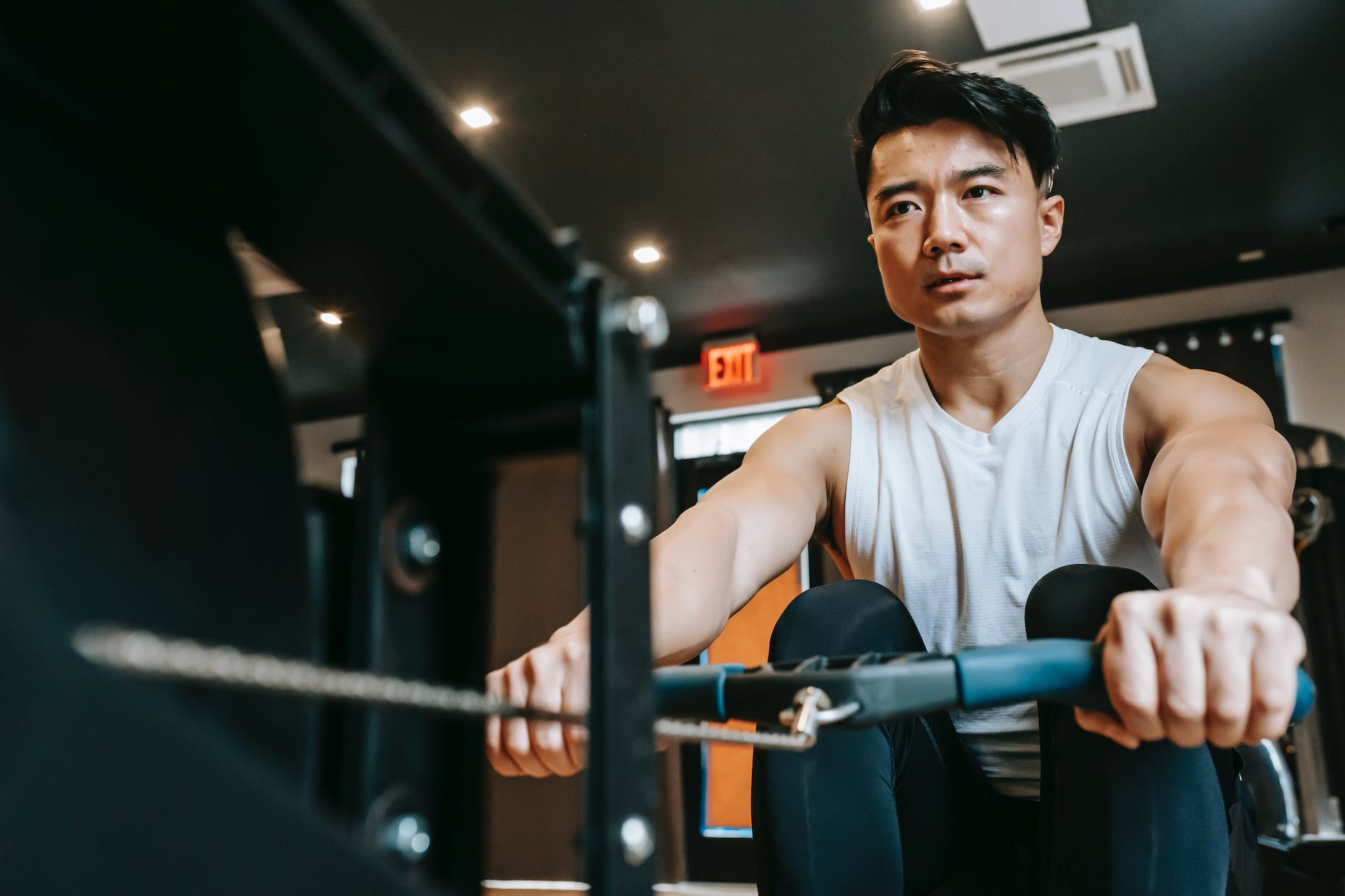—
In today’s evolving cannabis landscape, individuals have an unprecedented array of choices in how they consume cannabis. From traditional smoking to progressive methods such as vaping and dabbing, edible consumption, tinctures, topicals, cannabis beverages, and sublingual intake – the world of cannabis has extended far beyond just rolling up a joint. But with so many options, understanding the benefits, effects, and dosage control can be crucial. This guide aims to break down the varying methods of cannabis consumption for beginners and seasoned consumers alike.
Arguably the most common method and where many had their first foray, smoking cannabis is done through hand-rolled joints, pipes, or water pipes (bongs). Smoking is known for its immediate effect, with THC hitting the bloodstream within moments of inhalation. However, dosage control can be tricky, as the potency largely depends on the strain and the individual’s tolerance levels.
Closely following smoking cannabis is the increasingly popular method of vaping marijuana. Vaporizers heat dried cannabis or oils to a temperature that creates a vapor, avoiding the harmful by-products generated by burning. Vaping provides a less pungent aroma than smoking and is generally considered a healthier alternative due to decreased inhalation of carcinogens.
For those seeking a more intense experience, there’s dabbing. Dabbing is a method of flash-vaporization where cannabis concentrates are dropped on a heated water-pipe attachment and inhaled. This method is not advisable for novice users due to its high potency and swift delivery of effects.
Edibles, on the other hand, offer a smoke-free option and a much different experience. This method involves consuming cannabis-infused foods or drinks. The body absorbs cannabis through digestion, leading to a slower onset of effects, but typically more potent and longer-lasting. Dosage control is crucial with edibles due to the delayed and heightened effects.
Likewise, tinctures provide an alternative for those looking to avoid inhalation. Made by steeping cannabis in alcohol, tinctures are taken sublingually (under the tongue), offering faster absorption than edibles but slower compared to inhalation.
Topicals represent an entirely different approach. These are cannabis-infused lotions, balms, or oils applied directly to the skin for localized relief of pain, inflammation, and certain skin ailments. Topicals are a fantastic option for those using cannabis for therapeutic reasons.
An emerging trend in the cannabis world is cannabis beverages. These are non-alcoholic drinks infused with cannabinoids. They can range from sodas and teas to wines and beers, offering an enjoyable way to consume cannabis socially.
Finally, joining the ranks is sublingual consumption. This method involves placing cannabis products (like tinctures) under the tongue, which then are absorbed by the mucus membranes leading directly into the bloodstream. Sublingual consumption usually has a faster onset of effects than edibles and is ideal for consumers seeking immediate but smokeless relief.
The array of cannabis consumption methods essentially boils down to two forms: inhalation vs ingestion. As a rule of thumb, inhalation offers immediate, short-lived effects, while ingestion provides delayed, long-lasting effects.
No matter the chosen method, it’s crucial to have control over the dosage. Dosage control becomes a significant factor in the intended experience, such as whether using cannabis for medicinal reasons or recreational purposes.
Ultimately, the best method of consumption will be a personal choice, shaped by individual preferences, health considerations, and lifestyle. There are plenty of cannabis options out there, so feel free to experiment under safe and controlled circumstances to find what works best for you.
